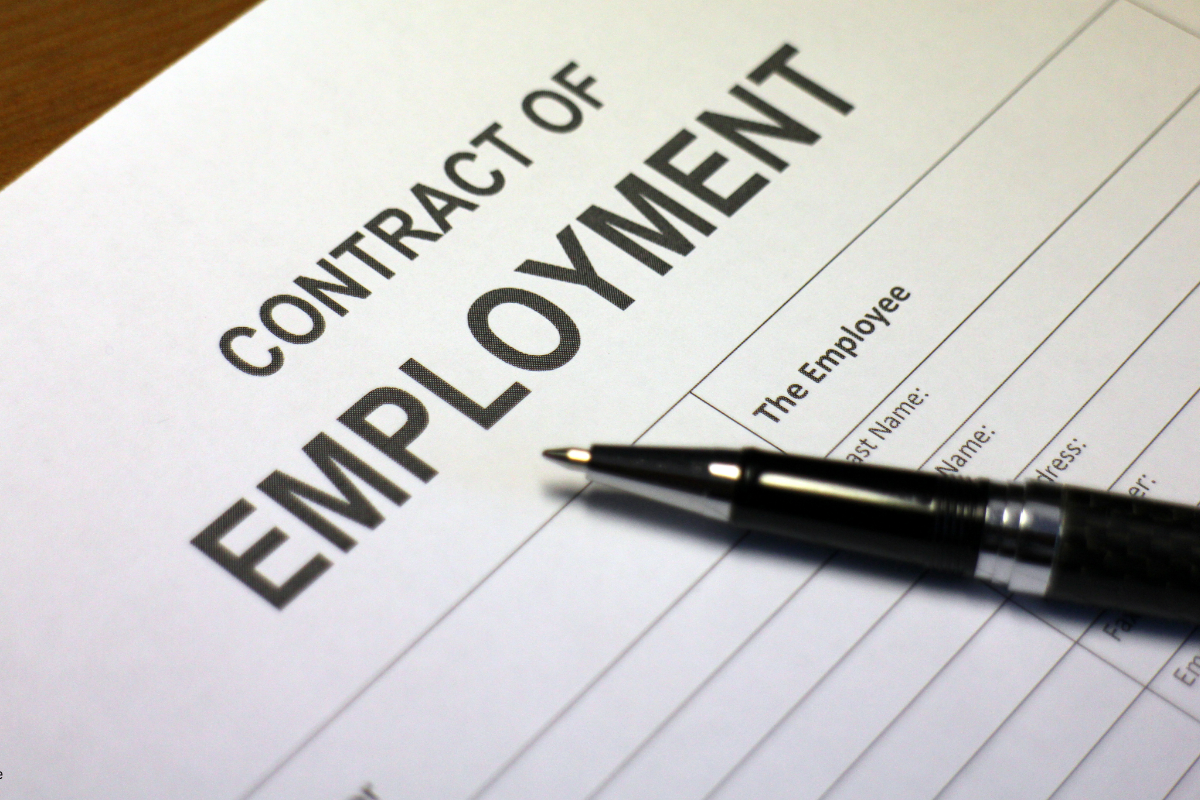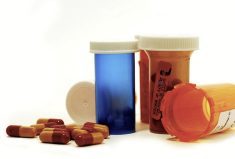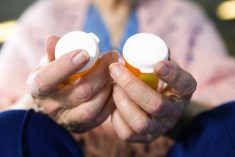According to Health Canada, heart attacks or myocardial infarcts occur in about 2.3 people per 1,000 Canadians, and many more may have other heart or cardiovascular conditions.
“Myo-” means muscle and “cardial” refers to the heart, while “infarct” refers to a lack of oxygen that results in the death of tissue. Thus a myocardial infarct occurs when there is a blockage in one of the blood vessels supplying oxygen to the heart muscle.
With heart muscle death, the heart cannot pump blood as it once did, which is why, about 12 per cent of the time, people die of heart attacks.
Read Also

Employment Agreements Can Help Protect Your Farm
Entering into employment agreements with each of your farm employees should be at the top of every farm’s “to do” list, but caution must be exercised.
Some heart attacks occur in seemingly healthy individuals, other times they occur in conjunction with other conditions like high blood pressure, high cholesterol levels or diabetes.
Regardless of their underlying health, people who experience heart attacks are discharged from hospital with a plethora of medications. Research by the World Health Organization indicates that for successful treatment, 80 per cent adherence to a medication regime is needed. However, the research also points out that most people average only a 50 per cent adherence, that is they only take their medication half the time.
Most people take five or six medications after a heart attack and need to take them for continued health. These may be new medications or replacement medications or even adjusted doses of previously taken medication.
For blood pressure control either an angiotensin converting enzyme (ACE) inhibitor or angiotensin receptor blocker (ARB) is prescribed. ACE inhibitors, for example lisinopril, ramipril, are preferred, but if the cough side effect occurs, an ARB, for example candesartan or valsartan, is used. The added benefit of these drugs is kidney protection!
A beta blocker such as metoprolol or bisoprolol is included in the regime to reduce both angina (heart pain) and blood pressure. If blood pressure medication is already being taken, the previous drugs may have doses reduced or even be stopped in favour of the beta blocker. Statins like atorvastatin or rosuvastatin are also used and these are used in higher doses and/or as more potent agents.
Because heart attacks occur as the result of blocked blood vessels, stents, that is, tiny tubular structures, are placed in the vessels to keep them open and blood flowing. However, stents can cause blood clots, which in turn can result in thrombosis or embolism.
After a heart attack an antiplatelet drug such as clopidogrel, prasurgrel or ticgrelor is used to keep platelets in the blood from sticking to each other and forming a clot.
Dual antiplatelet therapy includes one of these drugs along with ace- tylsalicylic acid (ASA), but it is time-limited depending upon risk factors. Sometimes triple therapy is needed and an anticoagulant such as warfarin or a direct-acting oral anticoagulant, for example rivaroxaban, dabigatran or apixaban, is also prescribed.
Depending upon the health history of an individual, other drugs may be needed, for example, aldosterone blockers like spironolactone, anti-angina drugs like either oral or sublingual spray nitroglycerin, and even supplements like potassium or magnesium.
After a heart attack, there may be the impression that too many drugs are prescribed, but not so. Each medication has its own specific use. By remembering to take them you increase your survival rate and decrease your risk for future heart attacks. Aim for at least 80 per cent compliance!















